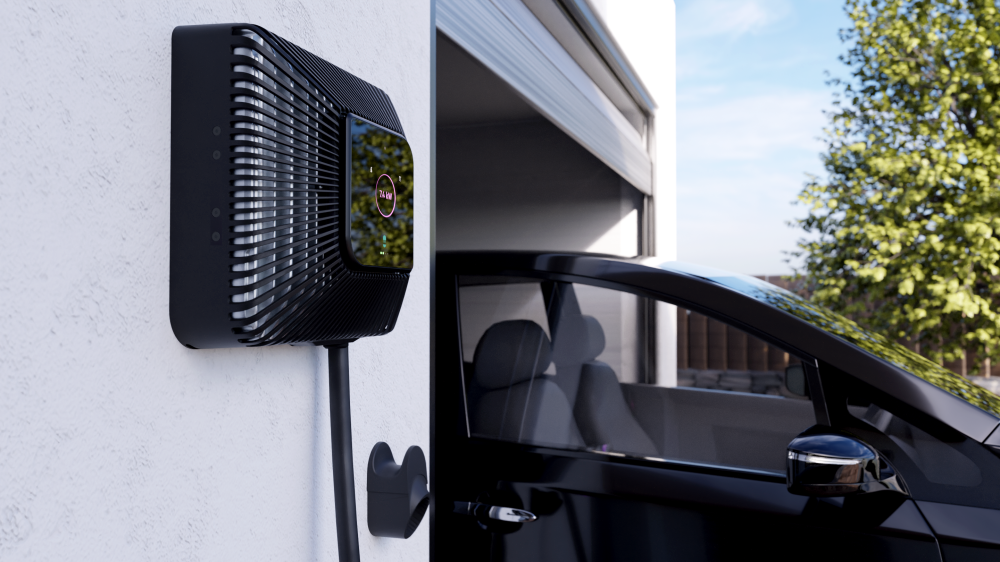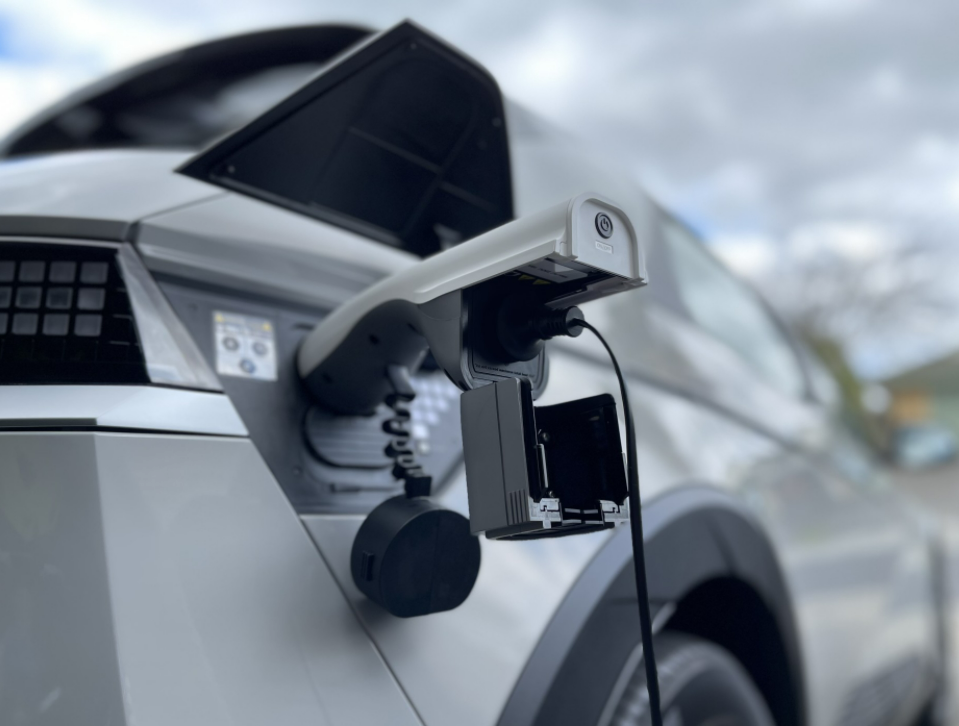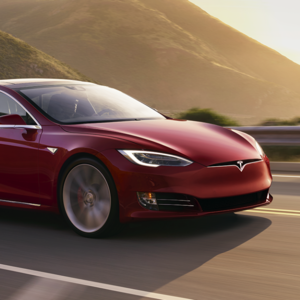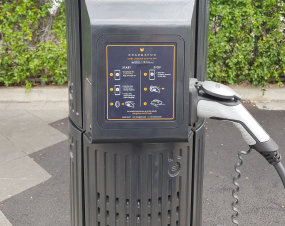Vehicle to grid will fundamentally change how we view energy
What is vehicle to grid?
Vehicle to grid goes by a variety of names: V2G, vehicle-to-home, bi-directional charging. These may mean slightly different things for specific contexts, but the idea itself is very simple: in addition to charging your electric vehicle, a charging station can be used to draw electricity from your vehicle’s battery to supply your home or even export to the grid. Essentially, charge can go in or out of your vehicle depending on where it’s needed most.


Is vehicle to grid a big deal?
Yes.
Consider a world without batteries. Every electrical device needs to be hard-wired to the grid or a generator to work. There are no mobile phones, no laptops, no wireless keyboard, no portable powertools or electric bikes. Cars must be hand-cranked or plugged in to run the starter motor. The storage and transport of electricity has been instrumental in our technological development.
EVs have some of the largest batteries in use today. With bi-directional charging, your EV can use solar to charge during the day and then discharge at night for free home power. Your supermarket or workplace could be your main source of power each day.
Vehicle to grid is the key to zero cost mobility.
How do we make it happen?
The first step to V2G is a vehicle that can support it. As of today, the only EV on the market that will accept V2G without voiding battery warranty is the 2019 Nissan LEAF.
Next, you’ll need a bi-directional or V2G charger. Most stations on the market to-date have been large, bulky, and designed for trials.
JET Charge have V2G expertise and are keen to work with clients in New Zealand to demonstrate our abilities.
Fill out the form below to register your interest or to get more information.


Is there a difference between V2G and V2L?
Yes.
You may have heard of a concept called “Vehicle to Load” or V2L. This is currently available on vehicles like the Hyundai Ioniq 5 and the KIA EV6, as well as announced in other vehicles like the Ford F-150 Lightning.
This is different to vehicle to grid or vehicle to home.
In the Ioniq 5 and the EV6 for example, you need a special adapter that plugs into the charge port, or there are power points inside the vehicle. These are supposed to be used with “appliances” rather than as something that interacts with the grid or your home.
Unfortunately, at this stage, products like the Wallbox Quasar is not compatible with these vehicles.
Contact Us
"*" indicates required fields



